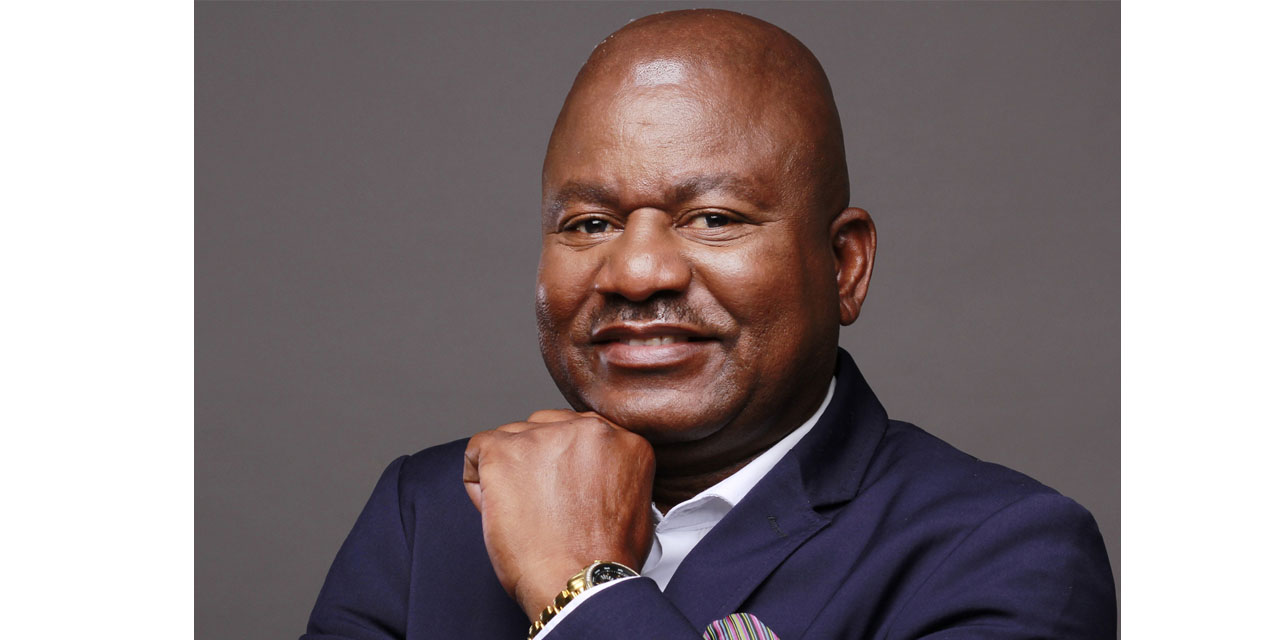Niël Terblanché
The Namibian Water Corporation (NamWater) has taken steps to ensure that water from alternative water sources may be utilized by consumers in case the dams from where Windhoek and other settlements in the central part of Namibia rely on run dry.
The Chief Executive Officer of NamWater, Abraham Nehemia, confirmed that the central areas will have a secure water supply until July 2024.
Water levels of the three dams in the central areas of Namibia have dropped by 20 percent and currently stand at a combined 36.1 percent of their capacity.
This is more than 20 percent lower than the 59.2 percent capacity that was available during the same time last year.
The decline in water capacity is attributed to lower rainfall received during the past rainy season.
Besides the three dams that supply the central area of Namibia with potable water, consumers can also rely on the Karstfeldt ground water sources, the CoW’s wastewater treatment plant, and boreholes in and around the capital city.
Nehemia stated that NamWater is taking steps to rehabilitate old infrastructure such as water canals from the central north and old pipes to increase and ensure water supply to the central areas. “We need a proper strategic plan for infrastructure replacement. Most of the infrastructure was put in place in the 1960s and 1970s, with some additions in the past two decades. We have water at Swakoppoort, but it is a challenge to pump this water back to the Von Bach Dam to increase water supply to the central areas,” Nehemia said.
He explained that the existing pipelines between Von Bach and Swakoppoort cannot handle high water pressure which calls for the replacement of old transmission infrastructure.
He indicated that NamWater has an annual budget of N$500 to N$700 million for infrastructure upgrades. He added that the task requires the involvement of multiple stakeholders.
“We are all stakeholders benefiting from the system, so we should ask ourselves how we can help each other. One of the challenges we face is the availability of financial resources. However, we have poultry farms, factories and the Navachab mine among stakeholders that benefit from the system and they can contribute to addressing these challenges. We don’t want to make it their responsibility, as it is our mandate, but they can provide assistance,” Nehemia said.
He suggested that businesses that might make contributions will be able to recover their investments in water infrastructure development through reduced tariff charges.
In terms of the coastal areas, Nehemia emphasized the urgent need for a desalination plant due to dwindling groundwater sources. He said that mining projects are awaiting water supply to commence operations, creating mounting pressure on scarce water resources.
With regard to tariff increases, Nehemia state that NamWaterhas not received approval for a water tariff increase from the Cabinet despite covering the costs of rising fuel and electricity prices, as well as the high cost of water purification chemicals that needs to be imported.




